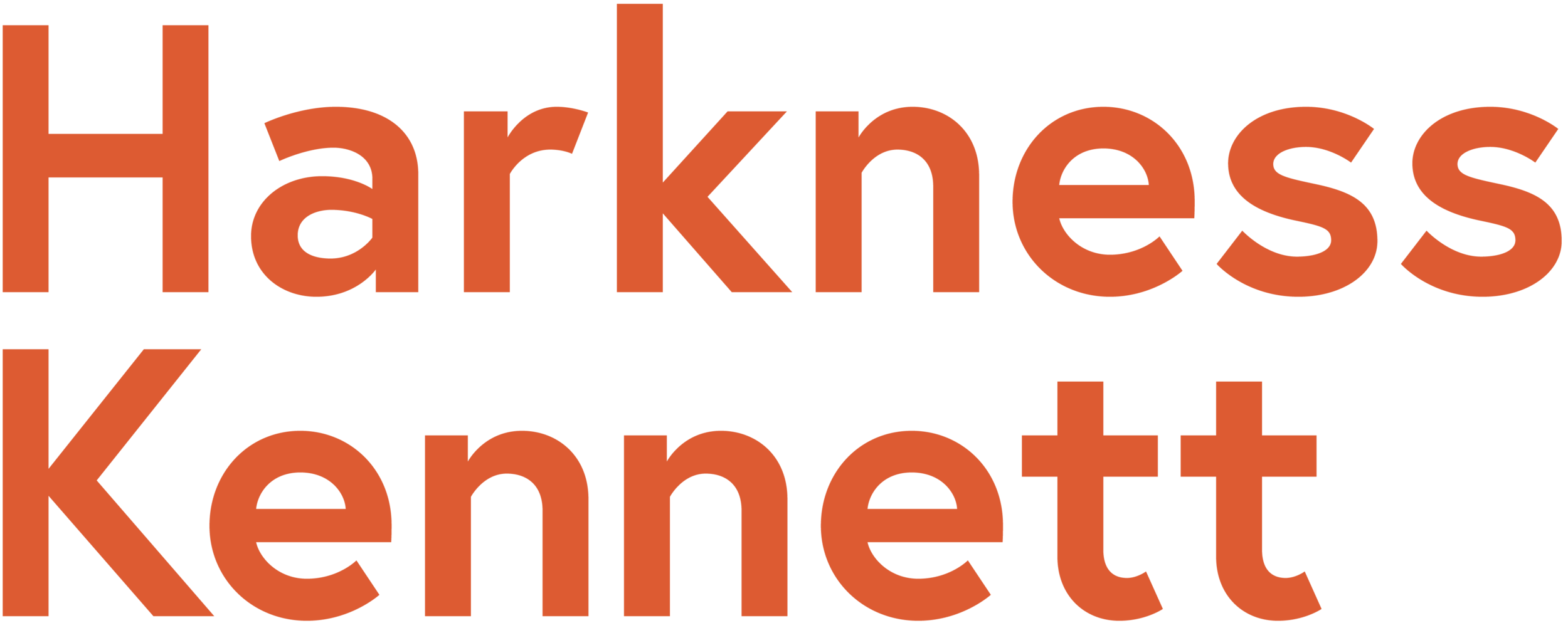Business partnering – the most effective communications model?
I love a good networking session – and today’s was great!
We had a full house of fellow communicators who joined us to listen to Anne McCormack (Group Head of IC at William Hill) and seasoned interim Sue Solomons (currently working with BP on assignment through HarknessKennett) share their views on and experiences of the business-partnering model. Safe to say, between them – they’ve racked up many years of experience!
Sue and Anne’s candid delivery of their experiences were both amusing (!) and thought provoking. Sue’s account of her evolving career and skillset demonstrated very clearly just how much the internal communications function has changed over the last 20 years – and was a useful reminder of the diverse skills we all need to have under our belt, and keep adding to, as the world continues to evolve around us. Both Anne and Sue were in agreement; not only is the skillset needed in today’s connected business world significantly greater than it was 20 years ago, but also that the key to being a great business partner – whether our stakeholders realise it or not – is the ability to encourage reflection, understanding and empathy in the actions and communications of the business areas we serve.
An interesting dilemma that most business partners face at some point, is that quite often what your senior leadership team / programme leader / hiring manager think they want, and what they actually need, are often not the same thing. This can be neatly summed up as ‘What I’m hired to do – Vs – How I add value’! Hiring managers will scour CVs for Office 365, intranet development and social media skills to name but a few – when in reality they need someone to listen – to both them and the needs of the organisation – and help them forge the way forwards by taking everyone on the journey together.
Sue talked about the ‘Business Partnering Mindset’. Building relationships with key stakeholders will give you the best opportunity to influence them and their behaviour. This takes time; they need to see you’re ‘on their side’ and delivering for them. As a business partner you’ll be managing relationships with and balancing the priorities of the senior leaders, programme managers, Head of IC and the comms team as a whole. Sue had some useful reminders for us all, and particularly for anyone taking on an interim role:
Don’t be surprised if after a couple of weeks you’re thinking ‘I’ve got the wrong brief!’
Don’t be surprised if you’ve been hired a bit late and there’s no time to educate
People are doing the best with the time, support, experience and energy that they have; a person’s behaviour is not who they are
If you want people to do something differently – you have to give them some choice / options
Be prepared to be flexible – don’t hang your hat on anything
Match people’s energy and work with them to find solutions on the things that matter to them
Anne too has many years of business partnering experience, and believes that in her current role as Head of IC she still acts as a business partner (and uses that skillset) alongside her other responsibilities. At a previous employer Anne had worked successfully as a business partner and was promoted to the Head of IC. As a business partner she was able to use the organisations key focus on health and safety as an opportunity to demonstrate the value of effective communications, got her seat at the table and from there was able to influence more widely. Interestingly, Anne reflected that after her appointment to the Head of IC, and whilst she had enjoyed the comms model in place as a business partner, she changed it fairly quickly. The existing model had business partners embedded within the various functions of the organisation. Communicators faced with a choice of following corporate priorities or those of their business area – were ultimately favouring their budget holders desires. The ability to create one corporate voice and one vision for the organisation was supported greatly by centralising the budget and changing reporting lines to Anne with a dotted line to their business areas. Anne still believes that it is the best way to keep the whole organisation heading in the same direction.
As a Head of function in a number of organisations – all at different levels of maturity in terms of their communications and their business partnering models – Anne has experienced first-hand that ‘putting a label on it’ is not the same as being able to deliver full service business partnering support. At one organisation as an interim Head, Anne discovered that the newly formed business-partnering team had yet to establish a shared understanding of the meaning of the role, or develop Service Level Agreements. She worked with them to get the business-partnering model on its feet.
Whilst acknowledging that even with the business partner model there is no ‘one size fits all’ approach, and that you have to be able to be pragmatic and ‘let some things go’ – both Anne and Sue agreed that business partnering really is the best role. Whether in a big team with a big budget, or in a small team with no budget, you can still make a difference and get satisfaction from both.
So, is business-partnering for you? If you’re comfortable with fluidity, probably only being one chapter ahead, able to be all things to all people, can hold a mirror up to leaders and get them to trust you to help them build a bright new future – then yes – it probably is.
So what does the future hold for business partners? For some time now some organisations have been starting to join up their internal and external communications functions – and in today’s connected world that seems eminently sensible; surely there is no such thing as ‘internal’ communication these days? Some organisations are now taking this a step further – and mainly employing ‘content managers’ who create content which is used both externally and internally –together with a small number of internal and external specialists who then use that content. Whilst the definitions of the reach of internal and external channels have blurred around the edges, can the same be said for the differing needs of internal and external audiences? Probably not. Maybe that is the next area of focus for future business partners.
Thanks so much to everyone who came and made it such an enjoyable session, and for your questions and joining in the debate. There was so much to cover – we could have carried on all morning! Looking forward to seeing you all next time.
Published by Nicky































